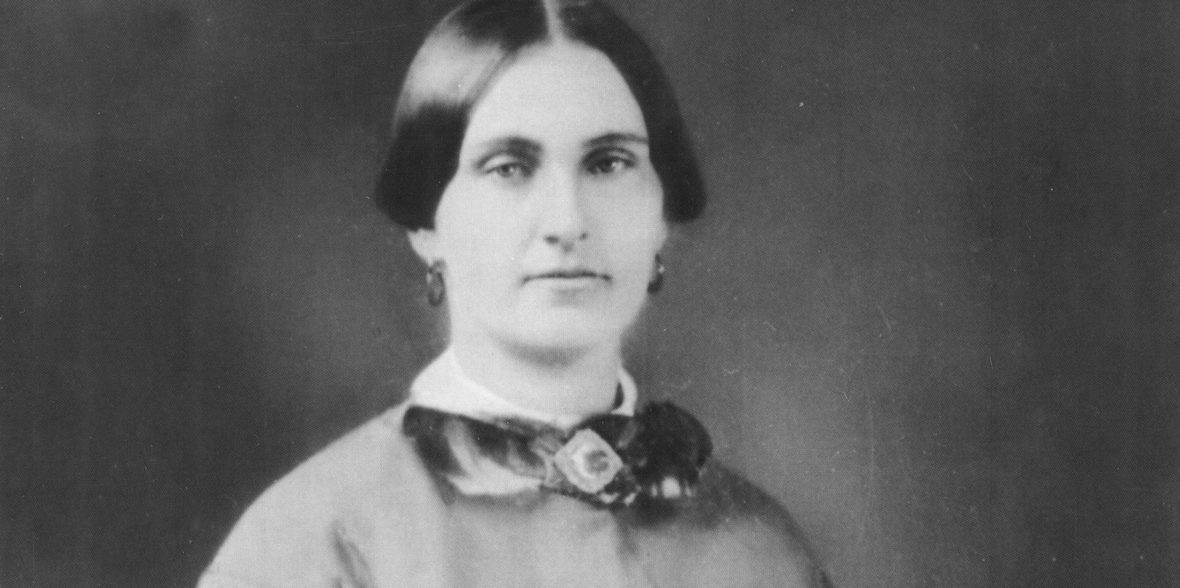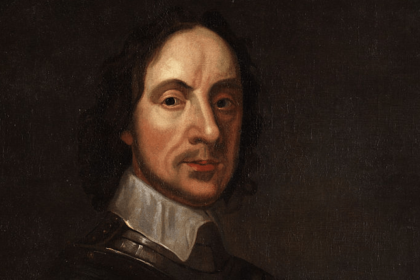Mary Elizabeth Jenkins Surratt was an American boarding house owner who was convicted of taking part in the conspiracy to assassinate U.S. President Abraham Lincoln. Sentenced to death, she was hanged and became the first woman executed by the U.S. federal government. Take a look below for 32 more scary and interesting facts about Mary Surratt.
1. She maintained her innocence until her death, and the case against her was and is controversial.
2. Surratt was the mother of John H. Surratt, Jr., who was later tried but was not convicted of involvement in the assassination.
3. Born in the 1820s, Surratt converted to Catholicism at a young age and remained a practicing Catholic for the rest of her life.
4. She got married to John Harrison Surratt in 1840 and had three children by him.
5. An entrepreneur, John became the owner of a tavern, an inn and a hotel.
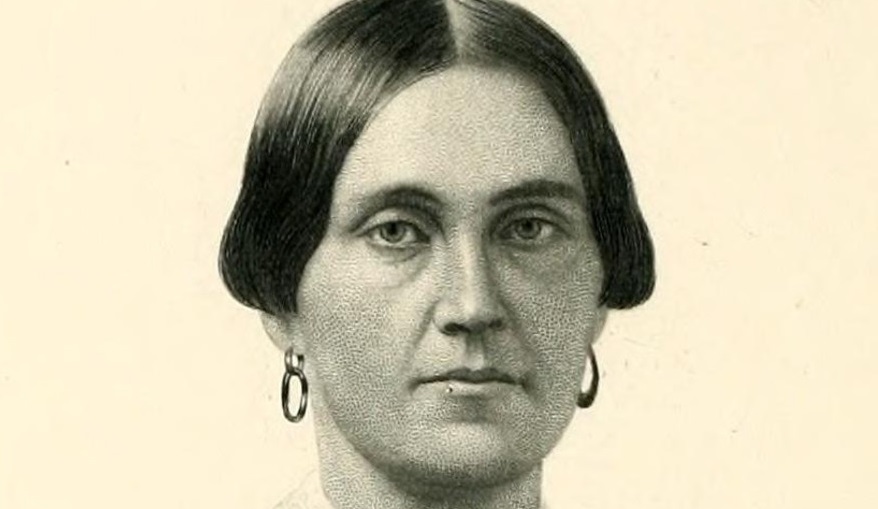
6. The Surretts were sympathetic to the Confederate States of America and often hosted fellow Confederate sympathizers at their tavern.
7. Upon her husband’s death in 1862, Surratt had to manage his estate.
8. Tired of doing so without help, Surratt moved to her townhouse in Washington, D.C., which she then ran as a boardinghouse. There, she was introduced to John Wilkes Booth.
9. Booth visited the boardinghouse numerous times, as did George Atzerodt and Lewis Powell, Booth’s co-conspirators in the Lincoln assassination.
10. Shortly before leaving Washington to kill Lincoln, Booth spoke with Surratt and handed her a package containing binoculars for one of her tenants, John M. Lloyd.
11. After Lincoln was murdered, Surratt was arrested and put on military tribunal trial the following month, along with other conspirators.
12. She was convicted primarily due to the testimonies of Lloyd, who said that she told him to have the “shooting irons” ready, and Louis J. Weichmann, who testified about Surratt’s relationships with Confederate groups and sympathizers.
13. Five of the nine judges at her trial asked that Surratt be granted clemency by President Andrew Johnson because of her age and sex.
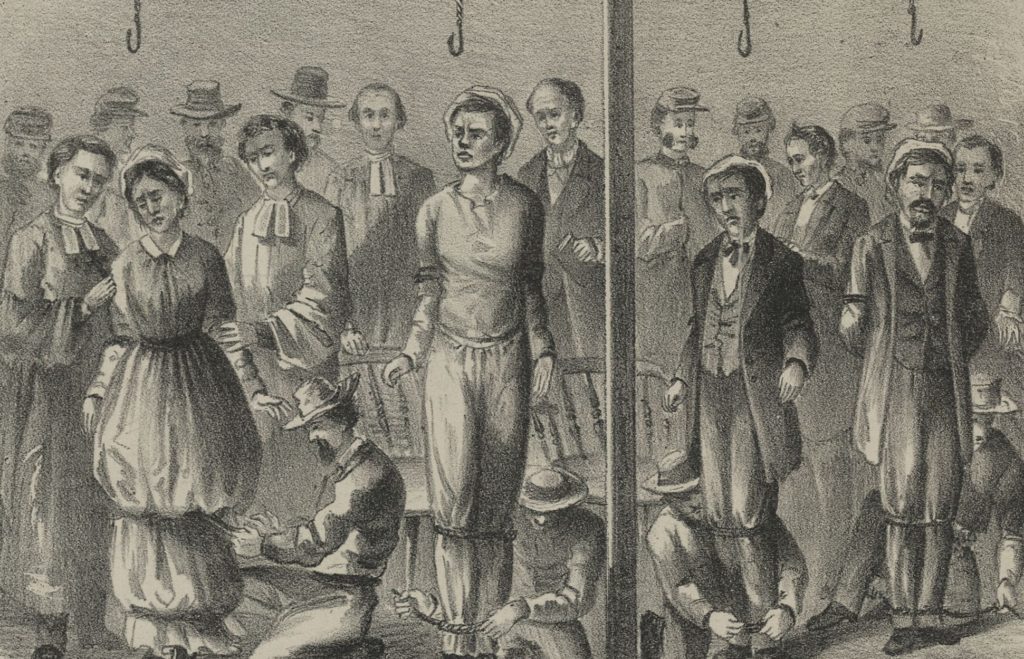
14. Johnson didn’t grant her clemency, though accounts differ as to whether or not he received the clemency request.
15. Surratt was hanged on July 7, 1865, and later buried in Mount Olivet Cemetery.
16. She has since been portrayed in film theater and television.
17. Mary Elizabeth Jenkins was born to Archibald and Elizabeth Anne Jenkins on a tobacco plantation near the southern Maryland town of Waterloo.
18. Sources differ as to whether she was born in 1820 or 1823. There is uncertainty as to the month as well, but most sources say May.
19. She had two brothers: John Jenkins, born in 1822, and James Jenkins, born in 1825.
20. Her father died in the fall of 1825 when Mary was either two or five years old, and Mary’s mother then inherited their property, originally part of the His Lordship’s Kindness estate.
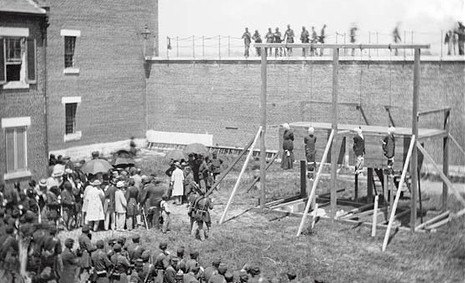
21. Although her father was a non-denominational Protestant and her mother Episcopalian, Surratt was enrolled in a private Roman Catholic girl’s boarding school, the Academy for Young Ladies in Alexandria, Virginia, on November 25, 1835.
22. Mary’s maternal aunt, Sarah Latham Webster, was a Catholic, which may have influenced where she was sent to school.
23. Within two years, Mary converted to Roman Catholicism and adopted the baptismal name of Maria Eugenia.
24. She stayed at the Academy for Young Ladies for four years, leaving in 1839, when the school closed.
25. She remained an observant Catholic for the rest of her life.
26. As part of the plot to kidnap Lincoln in March, 1865, John, Atzerodt, and Herold his two Spencer carbines, ammunition, and some other supplies at the Surratt tavern in Surrattsville.
27. On April 11, Mary Surratt, rented a carriage and drove to the Surratt tavern.
28. She said that she made the trip to collect a debt owed her by a former neighbor. However, according to her tenant, John Lloyd, Surratt told him to get the “shooting irons” ready to be picked up.
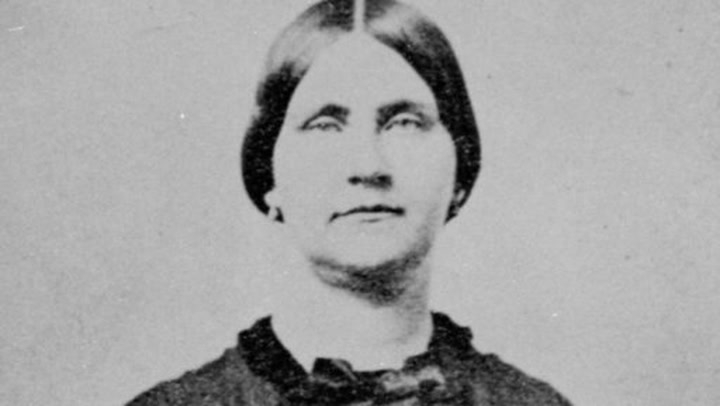
29. On April 14, Surratt said that she would once again visit the family tavern in Surrattsville to collect a debt. Shortly before she left the city, Booth visited the boarding house and spoke privately with her.
30. He gave her a package, later found to contain binoculars, for Lloyd to pick up later that evening. Surratt did so and, according to Lloyd, again told Lloyd to have the “shooting irons” ready for pickup and handed him a wrapped package from Booth.
31. Around 2 AM on April 15, 1865, members of the District of Columbia police visited the Surratt boarding house, seeking John Wilkes Booth and John Surratt.
32. After her arrest, she was held at an annex to the Old Capitol Prison before being transferred to the Washington Arsenal on April 30. Two armed guards stood before the door to her cell from the beginning of her imprisonment until her death.

